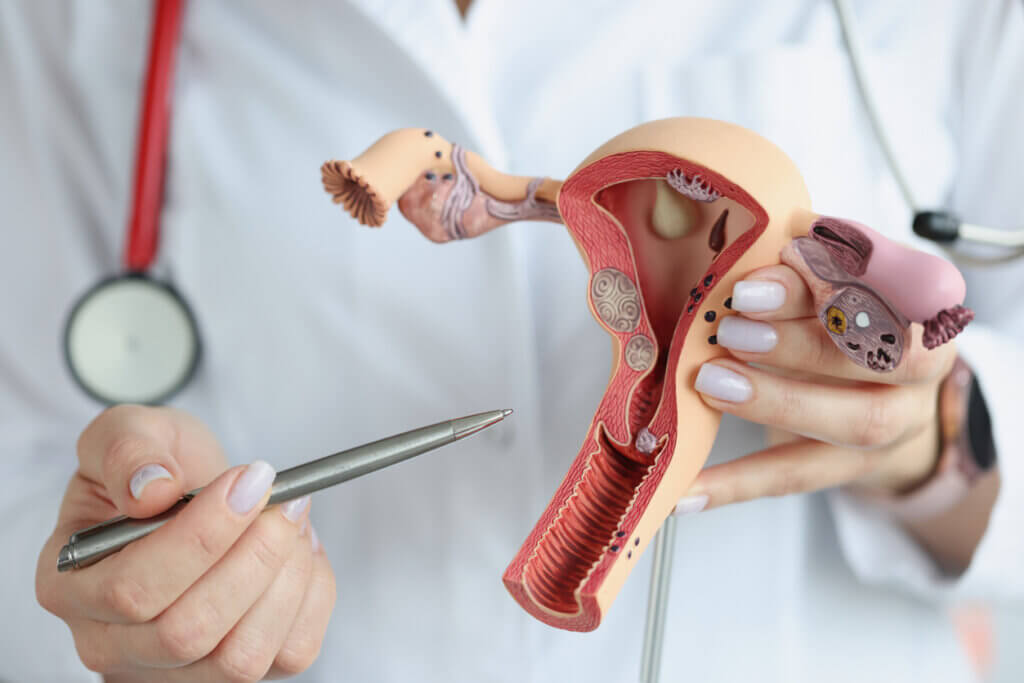Ovarian cancer, often called the “silent killer,” is a significant health challenge that primarily affects women. Despite advances in medicine, it remains one of the most underdiagnosed cancers due to its subtle symptoms and lack of early detection methods. However, with awareness, proactive measures, and research advancements, there is hope for better outcomes.

What is Ovarian Cancer?
Ovarian cancer originates in the ovaries, part of the female reproductive system responsible for producing eggs and hormones like estrogen and progesterone. It is the fifth leading cause of cancer-related deaths among women and can develop in various forms, including epithelial ovarian cancer (the most common), germ cell tumours, and stromal tumours.
Risk Factors
While ovarian cancer can affect anyone with ovaries, certain factors may increase the risk:
Age: Most cases occur in women over 50, especially after menopause.
Family history: A history of ovarian, breast, or colorectal cancer in the family can increase risk.
Genetic mutations: BRCA1 and BRCA2 gene mutations are strongly linked to ovarian cancer.
Reproductive history: Women who have never been pregnant or had their first pregnancy after age 35 may have a higher risk.
Lifestyle factors: Obesity and certain hormone replacement therapies may contribute to an increased risk.
During Treatment
Physiotherapy and Exercise Physiology provide tailored support for women undergoing ovarian cancer treatment, addressing both physical and emotional challenges while enhancing overall well-being.
Individualized exercise programs:
Physiotherapists and Exercise Physiologists develop personalized exercise plans based on the specific needs of ovarian cancer patients, taking into account the impact of surgery, chemotherapy, or targeted therapy on physical function and energy levels.
Improved mobility and core strength:
Therapeutic exercises focus on restoring mobility and rebuilding core strength, which is often affected by abdominal surgeries and prolonged inactivity. This helps women regain independence and perform daily activities with confidence.
Pain and scar tissue management:
Physiotherapy techniques, such as gentle stretching, manual therapy, and myofascial release, can help reduce post-surgical pain, manage scar tissue, and improve abdominal and pelvic flexibility.
Lymphedema prevention and care:
Women with ovarian cancer may develop lymphedema due to lymph node removal or treatment side effects. Physiotherapists provide lymphatic drainage techniques, compression therapy, and exercises to reduce swelling and improve lymphatic circulation.
Reduced treatment-related fatigue:
Exercise physiology programs incorporate safe, moderate-intensity aerobic and resistance exercises, proven to combat cancer-related fatigue and increase energy levels.
Management of neuropathy:
Chemotherapy-induced peripheral neuropathy, a common side effect in ovarian cancer treatment, can be alleviated through specific balance, coordination, and sensory exercises.
Bone and joint health:
Treatment for ovarian cancer, particularly if it induces early menopause, can lead to bone density loss. Weight-bearing exercises prescribed by Exercise Physiologists help strengthen bones and reduce the risk of osteoporosis.
Enhanced treatment tolerance and recovery:
Structured exercise programs improve overall physical resilience, enabling women to better tolerate chemotherapy and recover more quickly from treatments.
Education and empowerment:
Patients are educated on safe, practical ways to incorporate exercise into their daily lives, fostering a sense of control and confidence during their cancer journey.
By integrating physiotherapy and exercise physiology into their care plan, women undergoing ovarian cancer treatment can achieve better physical function, manage side effects effectively, and improve their quality of life throughout their recovery journey.
After Treatment
After completing ovarian cancer treatment, physiotherapy and exercise physiology play a vital role in recovery by addressing lingering side effects and supporting a return to daily life. These interventions help restore strength, stamina, and mobility through tailored exercise programs, while managing long-term issues such as pain, lymphedema, neuropathy, and bone density loss. They also promote mental well-being by reducing anxiety, depression, and fear of recurrence, while fostering a sense of empowerment and accomplishment. Additionally, exercise supports healthy weight management, improves functional independence, and reduces the risk of cancer recurrence and chronic conditions. By focusing on both physical and emotional recovery, physiotherapy and exercise physiology empower women to rebuild their health and embrace an active, fulfilling life post-treatment.


The Importance of Awareness
Raising awareness about ovarian cancer can save lives. Educating women about the symptoms, risks, and importance of seeking medical advice can lead to earlier diagnoses and better outcomes.
Hope for the Future
Research and innovation continue to improve our understanding and treatment of ovarian cancer. Clinical trials, advancements in genetics, and personalized medicine are paving the way for more effective interventions and, ultimately, a cure.
Final Thoughts
Ovarian cancer is a serious disease, but early detection and proactive care can make a significant difference. By staying informed, listening to your body, and advocating for your health, you can take charge of your well-being and inspire others to do the same.
Zoe Dick – Exercise Physiologist
